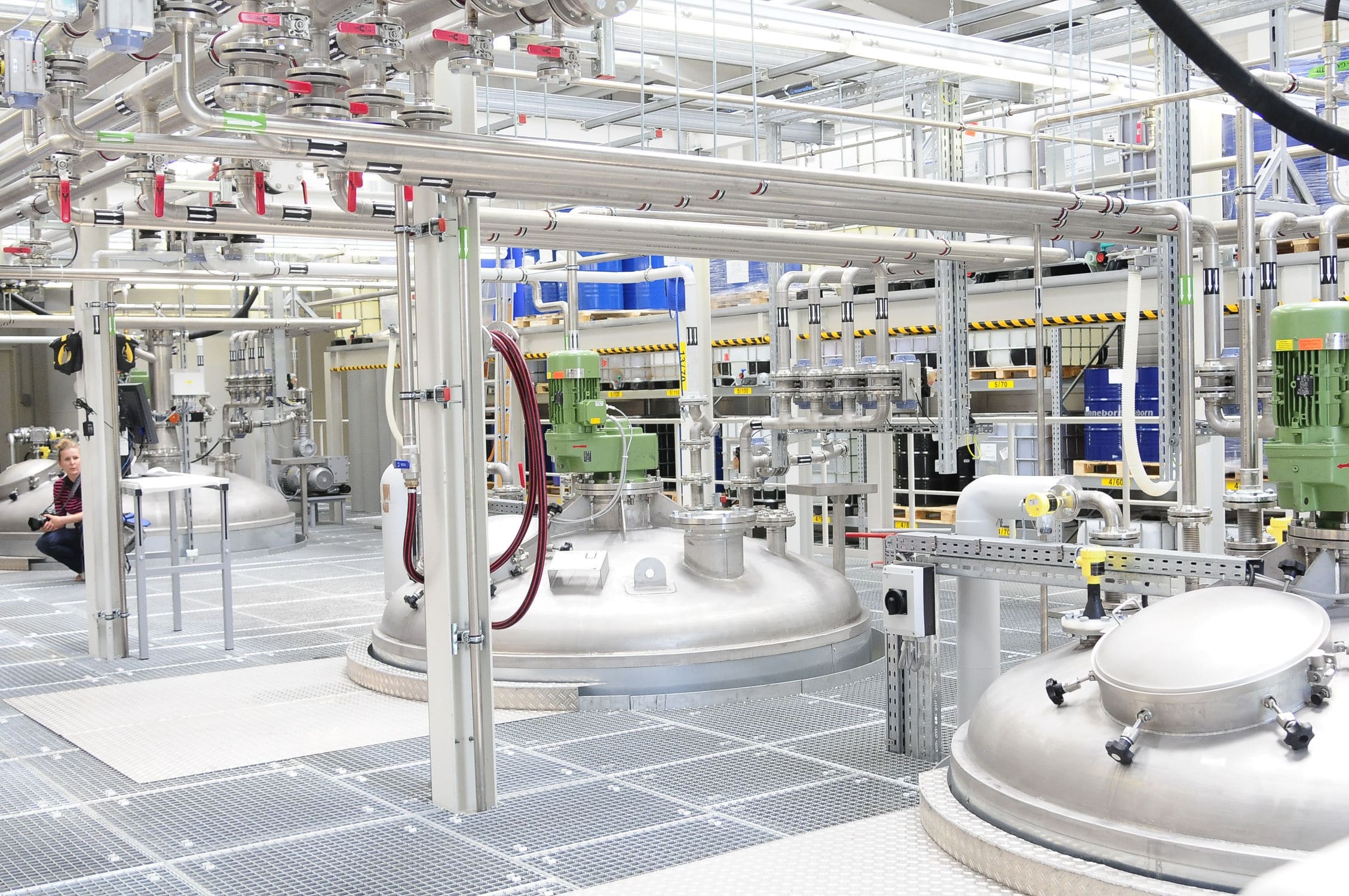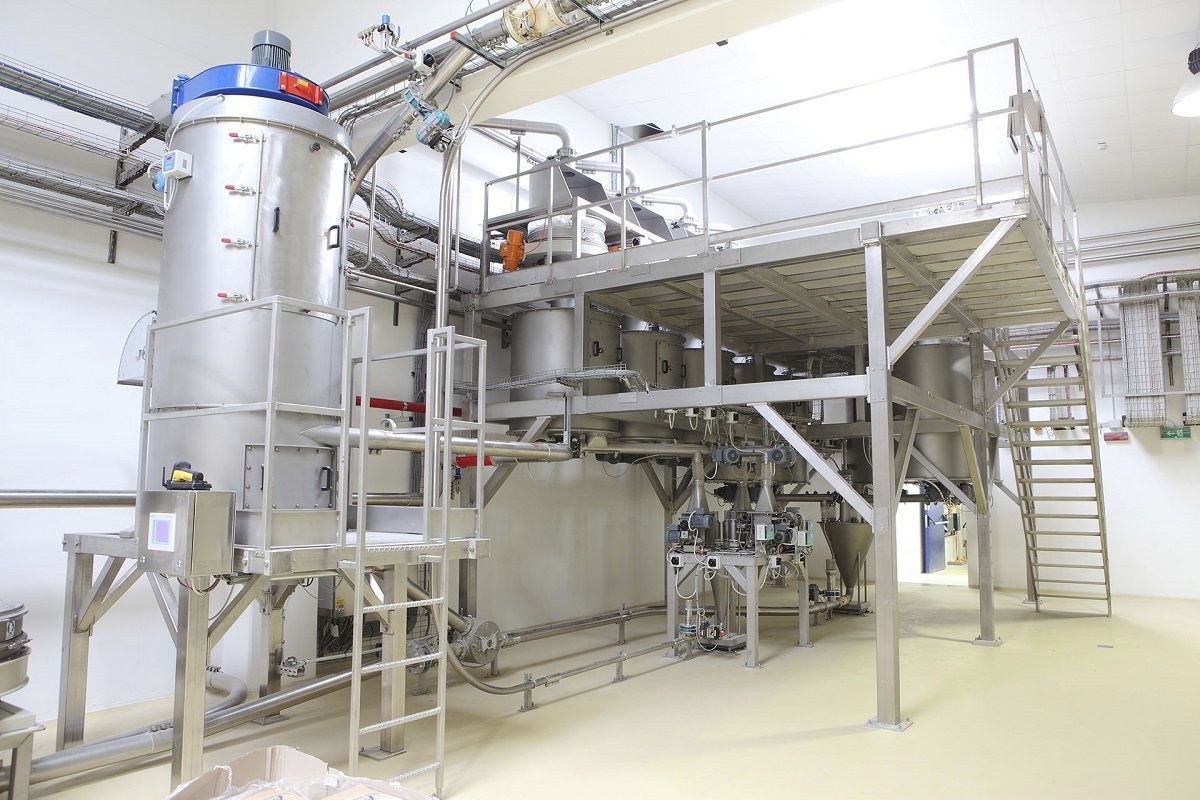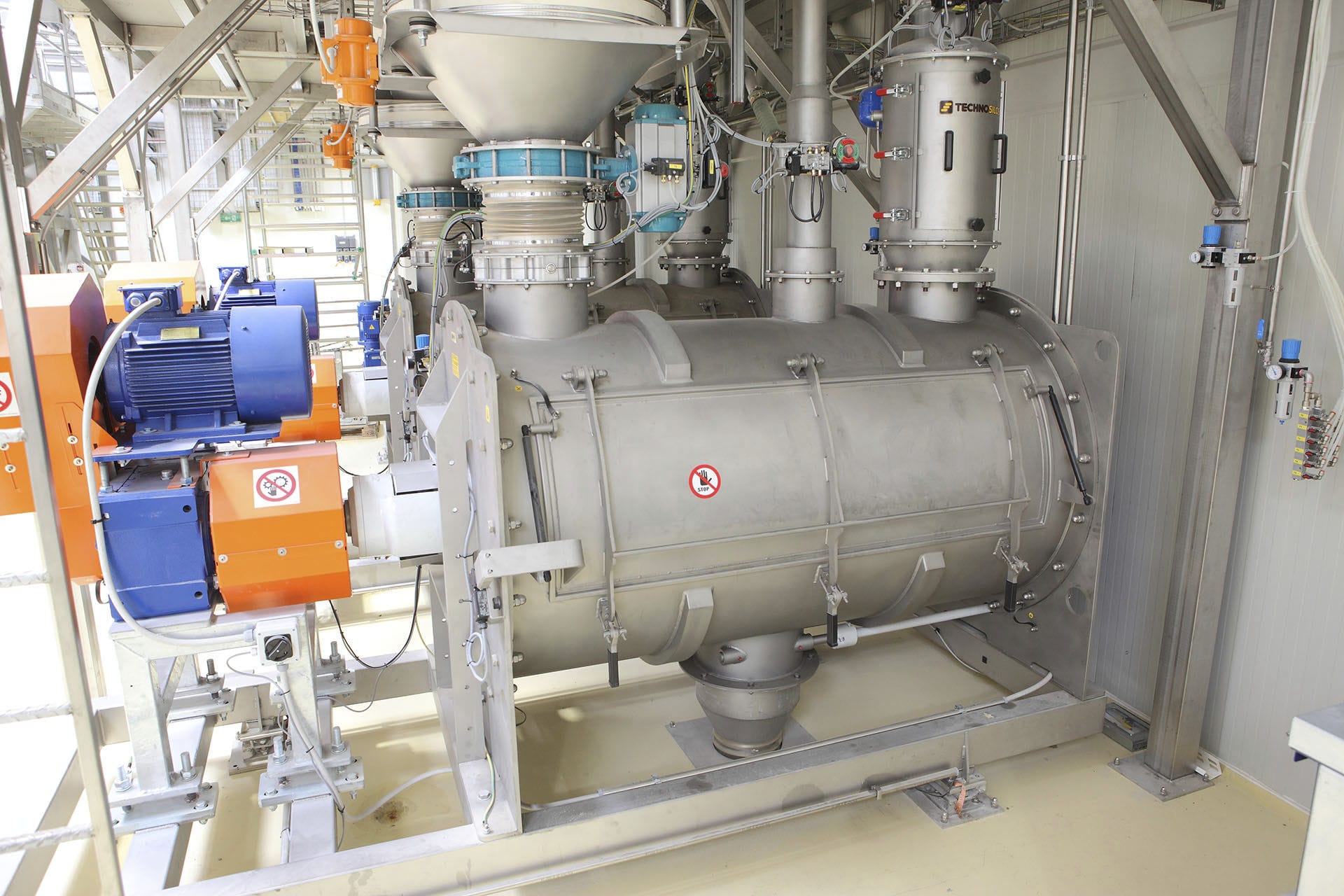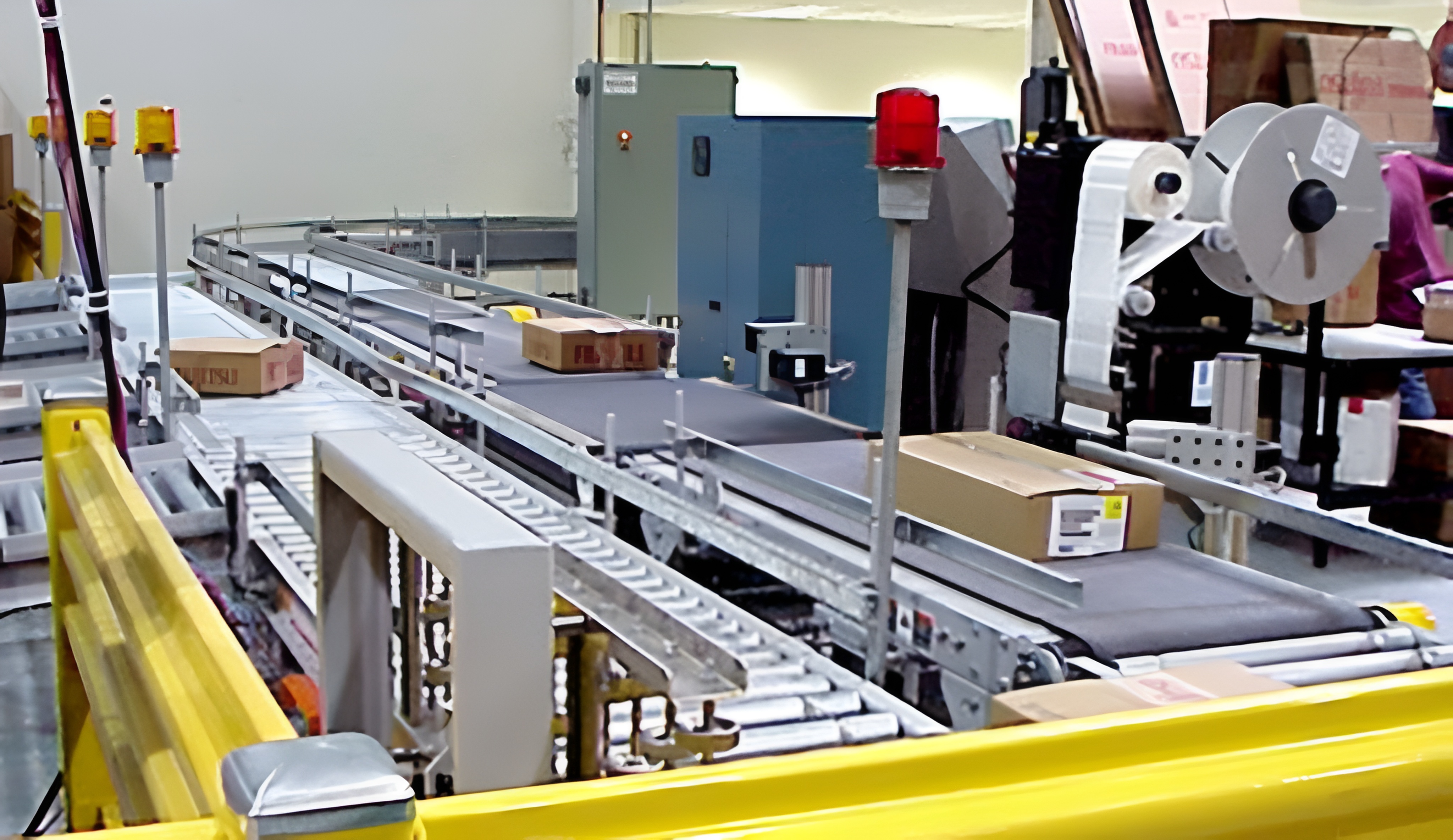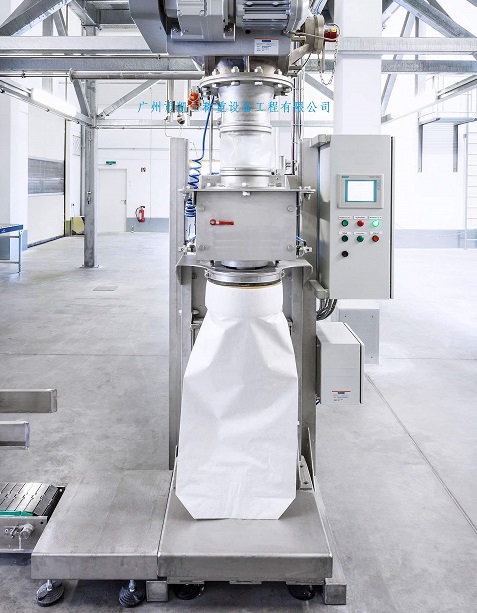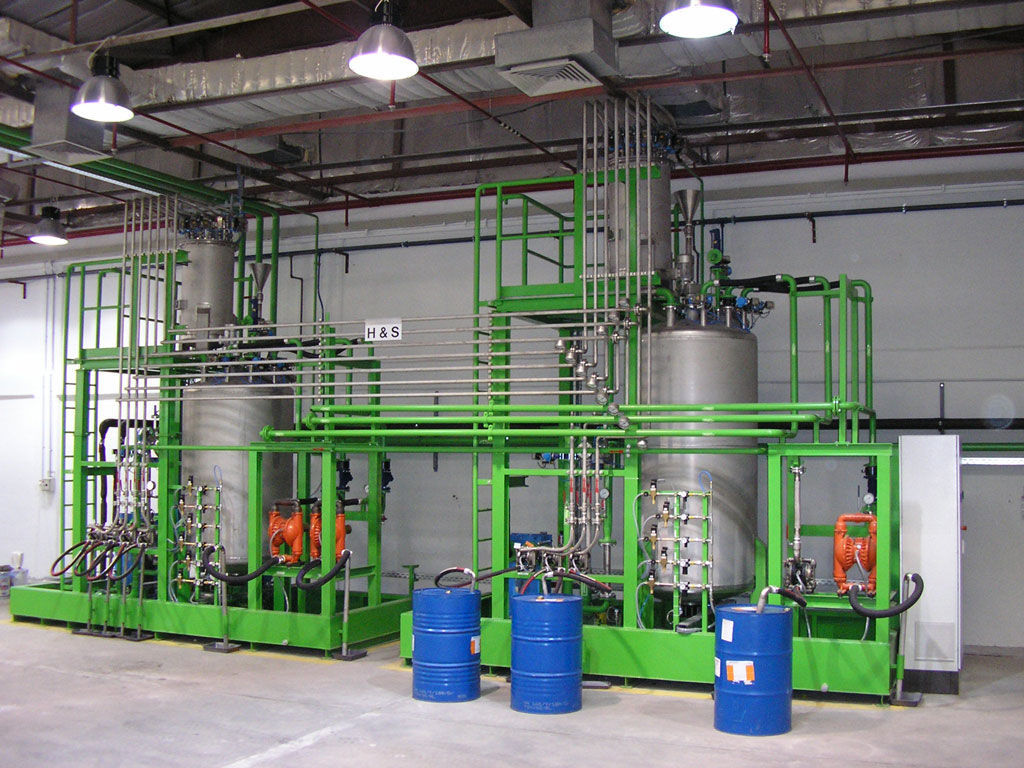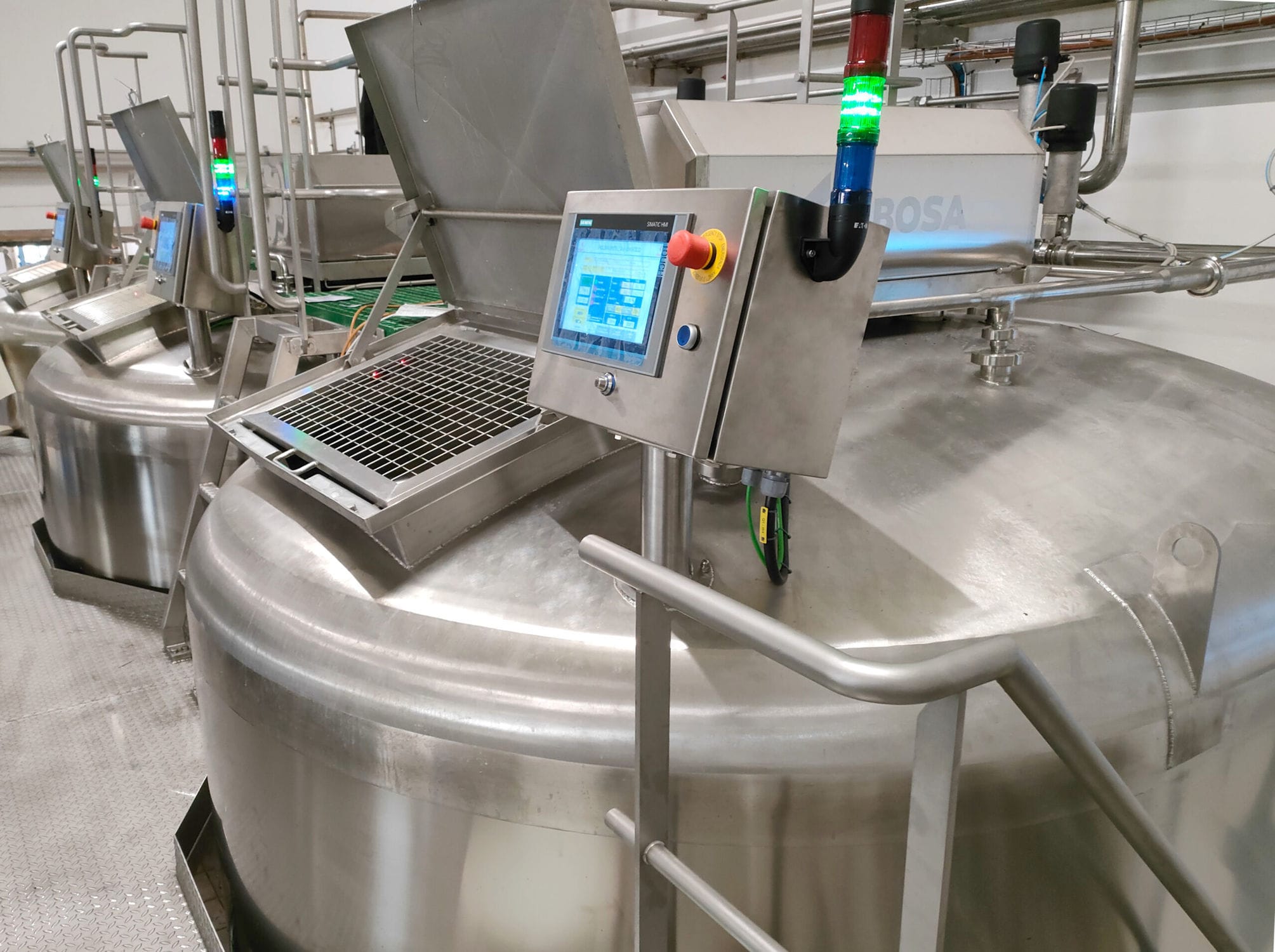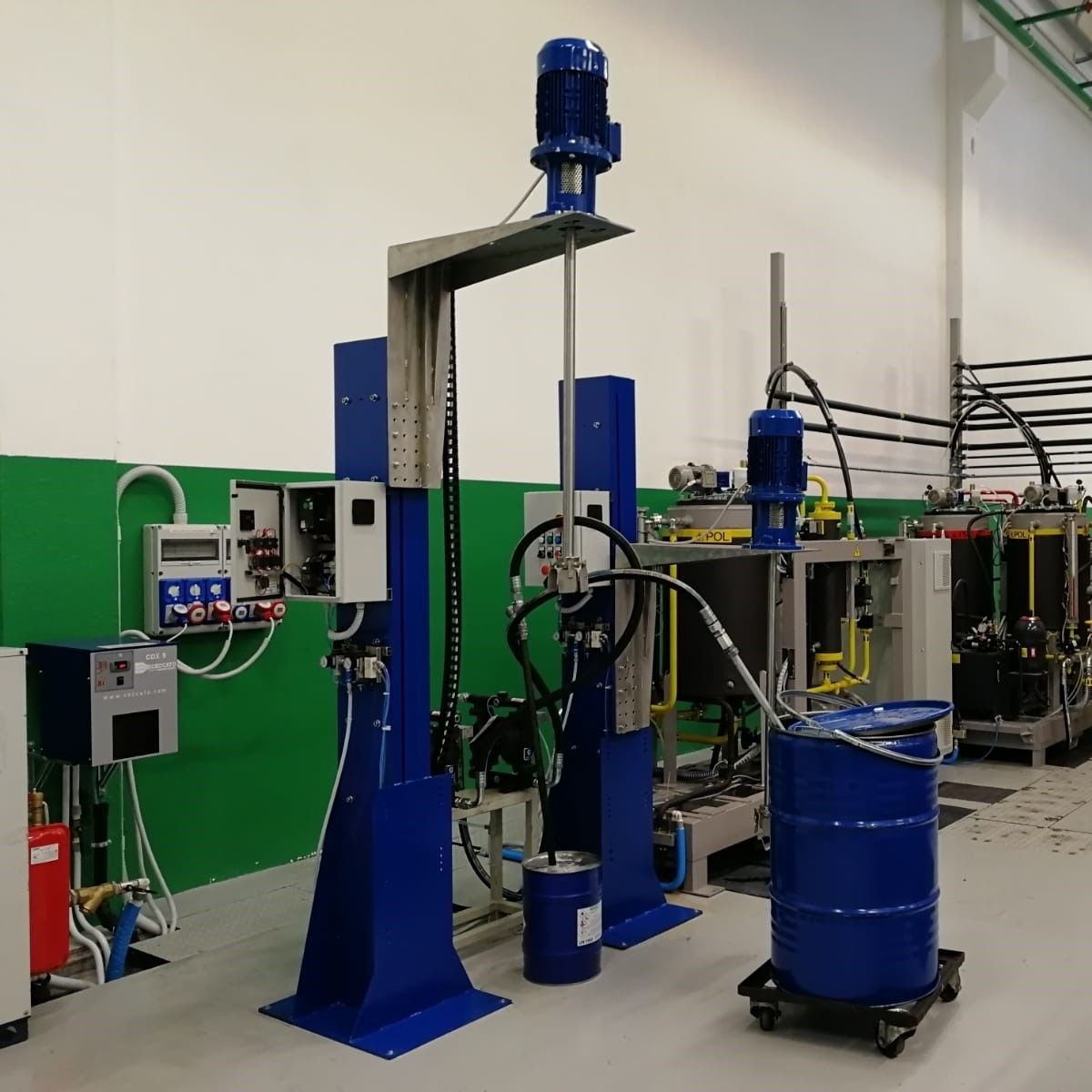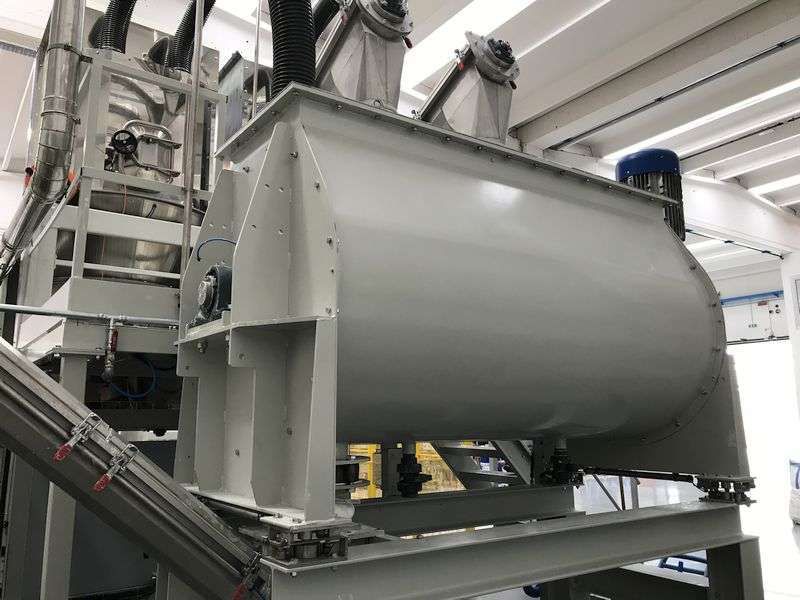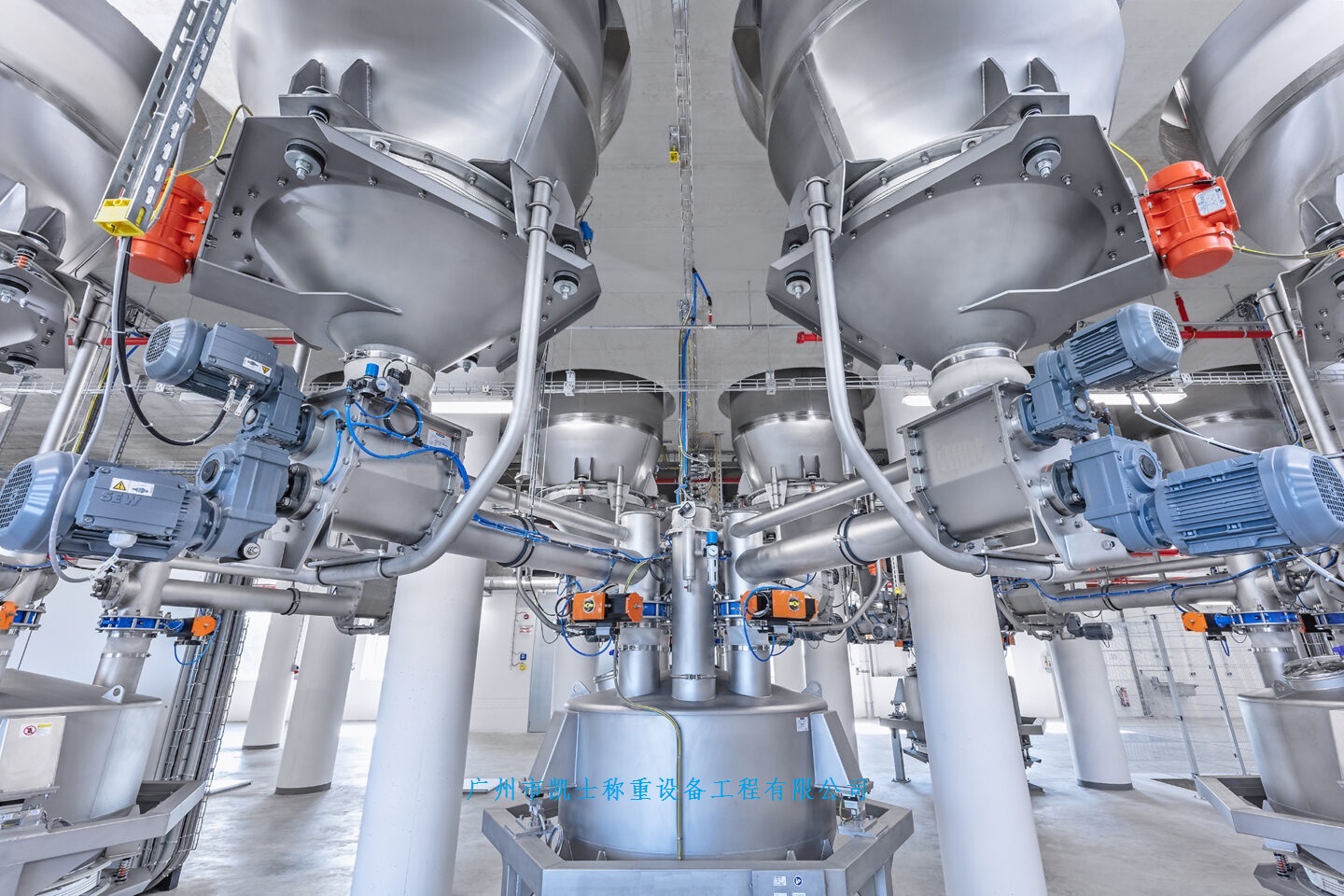

The discharge system is a joint structure composed of a high shear emulsifier, a high speed disperser, a special three-legged anchor agitator and a weighing module. When the hopper mixer continuously pumps upward from the bottom of the tank and jets horizontally, it meets the vertical cutting of the anchor agitator along the circumferential rotating flow in different high sections, which greatly weakens and distorts the horizontal flow mode speed. The high speed disperser further disperses and pulverizes the particles in the logistics.
 020-34563445
020-34563445Weighing mixer is an automatic batching machine used for the production of powder (such as particles, polyurethane batching), titanium dioxide (such as auxiliary batching), usually by a computer (industrial computer) with an automatic algorithm batching machine as its automatic batching equipment. There is only one manual valve at the bottom of the alloy collection hopper, which is normally open, so whether it is a common part or a separate part, the powder material after weighing will be directly poured into the mixer. Due to the production process and equipment, the two silos share a single hopper scale. The two ingredients cannot be mixed in the same hopper scale. When the two adjacent silos need to be loaded, the hopper scale can only weigh one powder first, and then continue to weigh another alloy material after the hopper scale is emptied. After the two-stage dosing control system is introduced, the feeding system automatically completes the process from preparation to discharge according to the adding powder instruction issued by the two-stage system. The types of raw materials stored in each bin are not fixed, and the same raw materials are stored in multiple silos, in order to speed up the production rhythm, shorten the material preparation and discharge cycle, and try to avoid "hopper scale contention" (two adjacent silos need to prepare materials, and compete for the same hopper scale) phenomenon. Therefore, the powder after weighing is discharged directly into the collection bucket. The requirement of "optimizing warehouse selection" is put forward for the single feed system.
The raw material name, raw material code, raw material description, priority and other parameters stored in each silo are controlled by the second-level system, and the data is sent to the first-level control system. According to the actual production and production requirements, the raw material type, code and other parameters of each bin can be changed in the secondary control system. In the secondary control mode, the secondary control system will also calculate the type and amount of powder added according to the composition of the material before discharge, and send it to the primary control system for execution. After receiving the instructions of the secondary control system, it is sent to the primary control system for execution. The primary control system determines which bin to prepare materials according to the equipment conditions. After weighing, the set weight corresponding to the raw materials with higher priority is transferred to the corresponding hopper scale for weighing operation, and the alloy materials in the hopper scale are placed on the conveyor belt successively. It is then spirally fed through the collection bucket behind the hopper into the mixer. The first-level control system also sends the equipment status and actual feeding weight of each bin to the second-level control system as important parameters to participate in the model calculation. In the two-stage control mode, the entire operation process of adding material to the mixer is actually divided into two steps: weighing the material and feeding the mixer.




